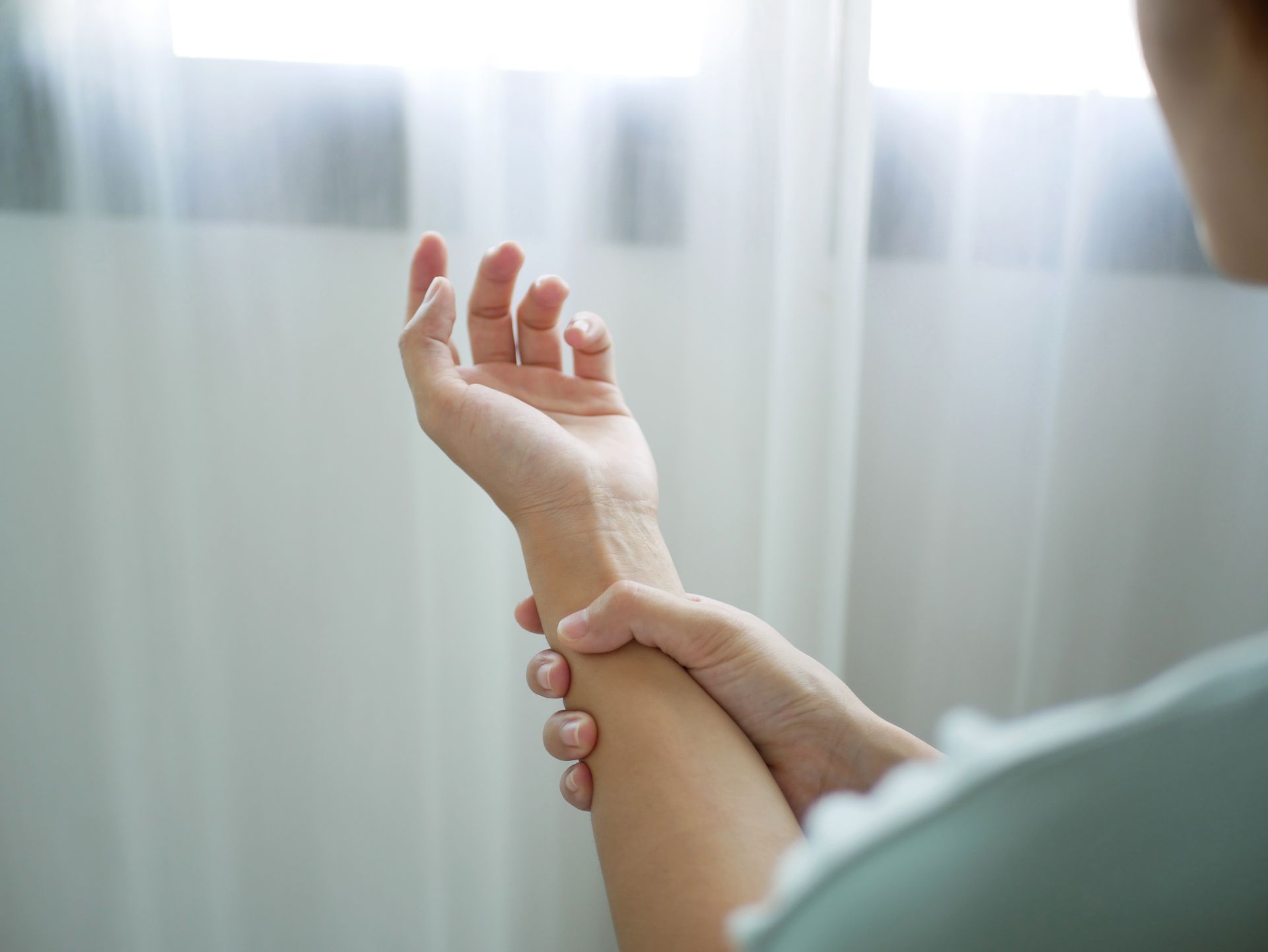Osteoarthritis Treatment in Baton Rouge
RELATED PAGES
Osteoarthritis Overview
Osteoarthritis (OA) is a degenerative form of arthritis which typically occurs with age and is most commonly seen in patients older than 50. OA specifically affects the cartilage within the joints that provides cushion between the bones. Over time, as this cartilage is worn away, symptoms such as pain, stiffness, and swelling of the joint become increasingly bothersome. Preventative care and early management are key to preserving joint health in the long run.
Osteoarthritis Symptoms
Pain in the affected joint is the most common osteoarthritis symptom and tends to worsen with time. In addition, sufferers of OA also report:
- Sore or stiff joints, particularly first thing in the morning
- Clicking or popping of the joint with movement
- Swelling of the joint, particularly following activity
- Worsening pain at the end of the day or following activity
Risk Factors for Osteoarthritis
Despite being known as degenerative or wear-and-tear arthritis, there are many potential factors that can lead to the development of OA. The most notable include:
- Age – Regardless of the underlying cause, OA is most likely to appear with age. An estimated one-third of those over the age of 65 report symptoms of OA.
- Genetics – Family history of OA can increase likelihood of its development. So too can other hereditary conditions affecting the joints or bone alignment.
- Trauma – Trauma to the joints due to impact or injury greatly increases the risk of suffering from osteoarthritis.
- Gender – Up until the age of 45, men are more likely to suffer from OA. However, the reverse is true later in life.
- Weight – Excess weight places increased pressure on the joints and can speed degeneration of cartilage.
- Other Medical Conditions – Suffering from certain other medical conditions can also raise the risk of developing OA. These can include diabetes, gout, and hypothyroidism.
Diagnostic Tests for Osteoarthritis
In order to establish a diagnosis and begin pursuing
osteoarthritis treatment options, a physician will use a combination of the following:
- Medical History – Because OA comes with some distinct symptoms and is often associated with other medical conditions or previous injury, a complete medical history can help the physician establish its likelihood in any given patient.
- Physical Examination – During examination, the physician will focus specifically on the joints, checking for range-of-motion, pain, tenderness, swelling, and stiffness.
- Diagnostic Tests – Once OA is suspected, there are a few tests that physicians can use to confirm the diagnosis. The most common are:
- Joint Aspiration – Fluid is taken from the joint with a needle and investigated for signs of joint deterioration or the formation of crystals.
- X-Ray – X-ray images produced by electromagnetic radiation can provide indication of signs of OA.
- MRI – An MRI offers a clearer, more precise image of the joints and evidence of deterioration than a typical x-ray.
Treatment of Osteoarthritis
- Pain Relief Medications – Pain relief from OA may be aided with oral medications such as analgesics (pain killers such as acetaminophen, opioids, or tramadol), nonsteroidal anti-inflammatory drugs (NSAIDs) like ibuprofen, or corticosteroids.
- Injections – Steroid and hyaluronic acid injections can help bring extended relief by reducing inflammation and helping lubricate the joint.
- Physical and Occupational Therapy –
Orthopedic PT and OT can help by teaching exercises to improve flexibility and range-of-motion and by providing skills and devices to help adapt to daily life with OA.
- Biological Treatments – Platelet rich plasma (PRP) and bone marrow stem cell injections also have been shown to decrease pain from arthritis except in cases of advanced arthritis. Also, when these are combined with
microdrilling arthroscopic surgery, it is sometimes possible to regrow lost cartilage.
- Joint Replacement – In severe cases of OA, joint replacement surgery may be the best option for the greatest quality of life. There are a wide range of joint types and surgical approaches for replacement. The most commonly replaced joints are the hips and knees.
Osteoarthritis Specialists in Baton Rouge
All of our physicians specialize in treating Osteoarthritis.
RELATED READING
Osteoarthritis Blogs
MOVE MORE, HURT LESS.
7301 Hennessy Blvd.
Suite 200
Baton Rouge, LA 70808
tel: (225) 766-0050
fax: (225) 766-1499
Bone & Joint Clinic of Baton Rouge, Inc. complies with applicable Federal civil rights laws and does not discriminate on the basis of race, color, national origin, age, disability or sex.
Click to view our notice.
Bone & Joint Clinic of Baton Rouge | All Rights Reserved.



